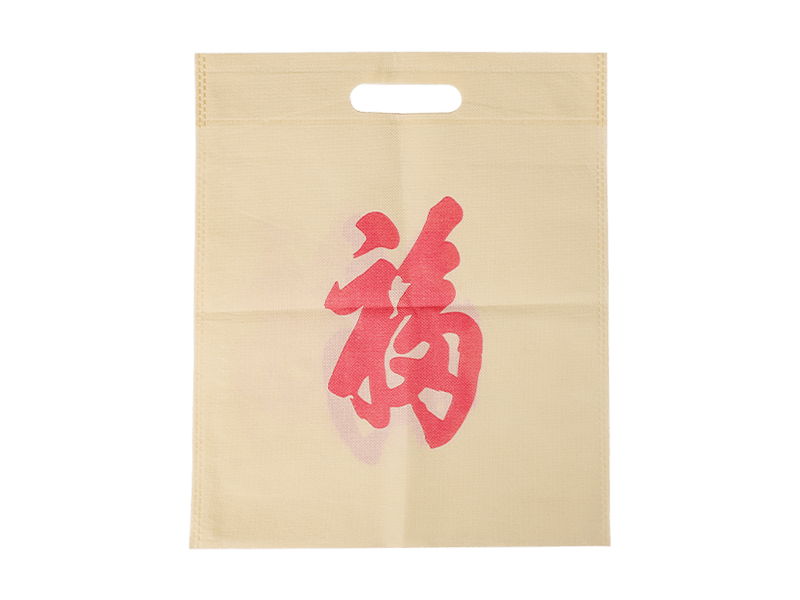The strength and load-bearing capacity of
print packaging nonwoven bag are significant advantages that make them a practical and reliable choice for carrying various items. Here's a closer look at these aspects:
Material Composition: Nonwoven bags are made from spunbonded polypropylene (PP) or similar materials, which are created by bonding fibers together using heat, chemicals, or mechanical processes. This results in a strong and durable fabric-like material that can handle heavier loads.
Durable Construction: The manufacturing process of nonwoven bags involves layering and bonding the fibers, creating a structure that offers resistance to tearing and stretching. This construction gives nonwoven bags the strength required to carry items without the risk of breaking or tearing, making them suitable for heavy or bulky contents.
Load-Bearing Capacity: Due to their sturdy construction, nonwoven bags have a higher load-bearing capacity compared to thin plastic bags. They are capable of carrying more weight without straining the material or causing it to tear. This makes them ideal for groceries, books, clothing, and other items that might be too heavy for traditional plastic bags.

Reinforced Handles: Many nonwoven bags have reinforced handles that are stitched or bonded securely to the bag itself. These handles distribute the weight evenly and reduce the stress on the bag's seams, enhancing the bag's overall load-bearing capacity.
Gussets and Bottom Reinforcement: Some nonwoven bags are designed with gussets (folded sections) and reinforced bottoms. These features provide extra space and structural support, allowing the bags to accommodate larger items and heavier loads more effectively.
Product Packaging: Nonwoven bags are often used for product packaging, especially for items that require extra protection or are of considerable weight. The bags can provide a cushioning effect and prevent damage to delicate or fragile products during transportation.
Longevity and Reusability: The strength and load-bearing capacity of nonwoven bags contribute to their longevity and reusability. Customers can use these bags for multiple shopping trips, reducing the need for single-use bags and minimizing environmental impact.


